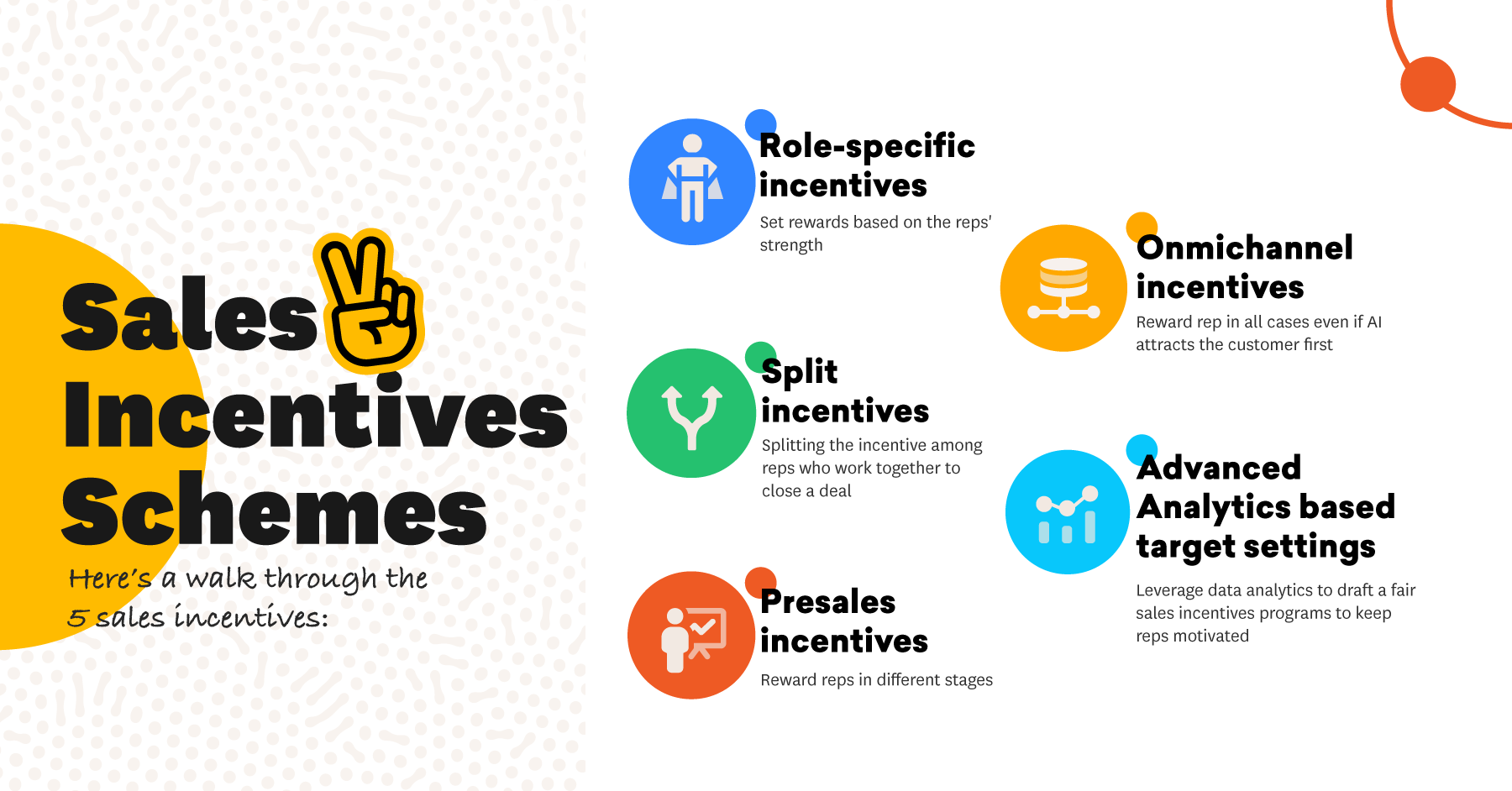
Developing an effective sales incentive program is crucial for motivating your sales team and driving performance. A well-designed program not only encourages employees to achieve their targets but also aligns their goals with the company’s objectives. We’ll explore key steps to create a successful sales incentive program, incorporating best practices, practical tips, and real-world examples.
Define Clear Objectives
Before designing your incentive program, it’s essential to define clear objectives. What do you want to achieve? Common goals include:
- Increasing sales volume
- Boosting customer acquisition
- Enhancing customer retention
- Promoting new products or services
Having clear objectives ensures that the program aligns with your business goals and provides a measurable framework for success.
Understand Your Sales Team
Understanding the motivations and preferences of your sales team is vital. Conduct surveys or focus groups to gather insights into what types of incentives resonate most with them. Common motivators include:
- Financial rewards (bonuses, commissions)
- Non-monetary rewards (extra vacation days, recognition)
- Career advancement opportunities
By tailoring incentives to what your team values, you can create a more engaging and effective program.
Set Achievable Targets
Targets should be challenging yet achievable. Setting unrealistic goals can demotivate your team, while targets that are too easy won’t drive performance. Consider using the SMART criteria for setting targets:
- Specific: Clearly define the goal
- Measurable: Ensure the goal can be tracked and measured
- Achievable: Set realistic expectations
- Relevant: Align with broader business objectives
- Time-bound: Specify a timeframe for achieving the goal
Choose the Right Incentives
Selecting the right incentives is crucial for motivating your sales team. Incentives can be monetary or non-monetary, including:
- Monetary Incentives: Bonuses, commissions, profit sharing
- Non-Monetary Incentives: Recognition programs, travel opportunities, professional development
Consider offering a mix of incentives to appeal to different team members.
Implement a Transparent System
Transparency in the incentive program builds trust and ensures fairness. Clearly communicate:
- The criteria for earning incentives
- How performance will be measured
- The process for awarding incentives
Use a system that allows team members to track their progress in real-time.
Monitor and Adjust the Program
Regularly monitor the performance of your incentive program and be prepared to make adjustments as needed. Gather feedback from your sales team and analyze performance data to identify areas for improvement.
Celebrate Success
Celebrating successes, both big and small, can significantly boost morale and motivation. Public recognition of achievements, team celebrations, and personal congratulations from management can make a big difference.
Example of a Sales Incentive Program Structure
| Objective | Target | Incentive | Timeframe |
|---|---|---|---|
| Increase sales volume | 20% increase in quarterly sales | $5,000 bonus | 3 months |
| Boost customer acquisition | 50 new customers per quarter | Weekend getaway | 3 months |
| Enhance customer retention | 90% customer retention rate | Extra week of vacation | 6 months |
| Promote new product | 100 units of new product sold | Professional development course | 3 months |




